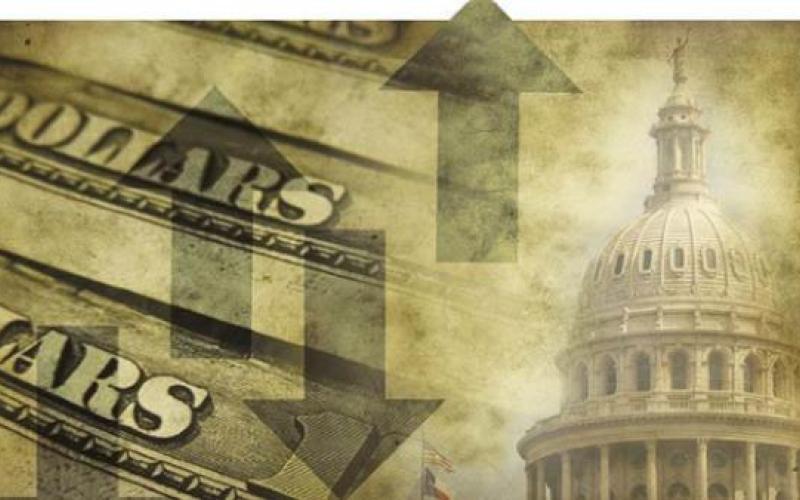Breckenridge overcoming economic downfall
Texas Comptroller Glenn Hegar announced he will send cities, counties, transit systems and special purpose taxing districts $690.4 million in local sales tax allocations for June, 11.7 percent less than in June 2019. These allocations are based on sales made in April by businesses that report tax monthly. Counties, overall, have seen a drop by 7.2 percent for the month, but an overall increase for the year by .3 percent.
Because of the COVID-19 pandemic, widespread social distancing requirements were in place across much of the state in April, leading to the steepest year-over-year decline in allocations since September 2009.
Breckenridge will receive a net payment of $159,145.48. Compare to last year of $141,454.67, Breckenridge saw and increase of 12.5 percent. Payment, Year-to-Date is $884,106.77 which is slightly better by .43 percent compared to last year of $880,303.46.
In nearby communities Woodson will receive a check for $1,087.73, an increase of 123.24 percent compared to last year. Year-to-Date they received $5,260.29 which is an increase of 43.05 percent or $1,583.30 from last year.
Albany received $36,394.22 compared to last year of $46,797.44. Albany has collected $235,442.84 YTD which is 21.41% lower than this time last year.
State sales tax revenue totaled $2.67 billion in June, 6.5 percent less than in June 2019. The majority of June sales tax revenue is based on sales made in May and remitted to the agency in June. Widespread social distancing requirements were relaxed across much of the state in May.
“The decline in state sales tax collections was driven principally by steep drops in remittances from oil- and gas-related sectors,” Hegar said. “Collections from the construction and amusement service sectors were also sharply down.
“While collections from restaurants also were depressed, the extent of the decline was checked by increased takeout and delivery sales. Retail trade receipts rose significantly, buoyed by increased online shopping and building material purchases, as business premises were modified for COVID-19 precautions.
“Retail sales likely also were boosted by increased alcoholic beverage sales at package, grocery and convenience stores. That’s because this category of spending shifted from restaurant and bar on-premise consumption, subject to mixed beverage taxes, to purchases for athome consumption subject to sales tax. Increased spending by businesses to facilitate teleworking resulted in higher tax collections from vendors of computer hardware and software products.”
Total sales tax revenue for the three months ending in June 2020 was down 9.7 percent compared to the same period a year ago. Sales tax is the largest source of state funding for the state budget, accounting for 57 percent of all tax collections, but the effects of the economic slowdown and low oil prices also were evident in other sources of revenue in June 2020.
Texas collected the following revenue from other major taxes:
• motor vehicle sales and rental taxes — $394 million, down 7.6 percent from June 2019, a substantial improvement from results in April and May;
• motor fuel taxes — $250 million, down 24 percent from June 2019;
• natural gas production tax — $20 million, down 84 percent from June 2019;
• oil production tax — $83 million, down 77 percent from June 2019;
• hotel occupancy tax — $23 million, down 61 percent from June 2019, an improvement from the record decline in May; and
• alcoholic beverage taxes — $65 million, down 47 percent from June 2019, significantly better than May’s results.
- Log in to post comments


